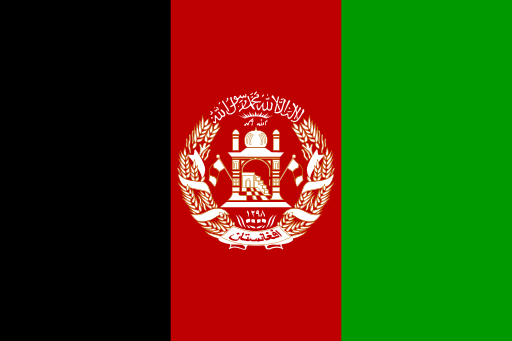Humanitarian situation report for children in Afghanistan

Capital: Kabul
Area: 652,230 km2
Population: 40,187,188
Government style: Presidential democracy
The Islamic Republic of Afghanistan, located in South Central Asia, ranks 169th out of 189 countries in terms of the Human Development Index. Political and economic instability is the biggest obstacle to development in Afghanistan, which has been the scene of conflict for many years and has seen a change of government in recent months.
In the country with the youngest population and one of the highest birth rates in the world, nearly half of the population is under the age of 18. As of 2020, the number of children aged 0–14 in the country is 16,280,850, and the number of youth aged 15–24 is 8,555,930.
According to UNICEF data, about 60.3 out of every 1,000 Afghan children die before the age of five from various causes. Diseases such as measles, chickenpox, mumps, cholera, diarrhea, tuberculosis, influenza, pneumonia and polio are more common among children than anywhere else in the world. Afghanistan has one of the highest maternal mortality rates in the world. On average, 638 mothers die for every 100,000 births due to causes such as poverty, lack of access to health services and gender inequality.
In Afghanistan, the second poorest country in the world, children are vulnerable to malnutrition, forced marriage, sexual abuse and violence; it remains the biggest victim of war and violence that has been ongoing for more than 40 years. While some 33,000 children have been killed in conflicts in the past 20 years, more than 806 children lost their lives and 4,300 were injured last year. More than 4,100,000 people have been displaced due to the effects of conflict.
In a country where the health system and social services infrastructure are on the verge of collapse, at least 10 million children need humanitarian assistance to survive. As of today, nearly one million children are at risk of dying from malnutrition. The situation of children and women is expected to worsen in the coming period due to the increasing political instability and the worsening economic crisis in the country, as well as the severe drought and associated water scarcity, harsh winter conditions and the impact of the COVID-19 pandemic.
While concerns are growing about the future of girls in the country under the Taliban administration, current data shows that education remains a major problem. In a country where literacy stands at 43%, only 30% of women can read and write. 17% of the 3,700,000 out-of-school children are married before the age of 15; and every year, an average of 1,500 children continue to be abused and subjected to violence, forced labor or street begging.
While 7.5% of children aged 5-14 are out of school and forced to work, 4.6% are both studying and working. In addition, children here constitute an important human resource for human trafficking and regional and international armed groups to use in conflicts. Last year alone, at least 200 children joined armed groups, particularly the Taliban.
On average, there are 2,000,000 orphans in Afghanistan. More than 600,000 of these orphans live on the streets in dangerous conditions without shelter, food or education; only some orphans are housed in government orphanages, which are limited in number and at risk of closure due to lack of resources.
Sources:
CDC. Centers for Disease Control and Prevention. “Guidance for Clinicians Caring for Individuals Recently Evacuated from Afghanistan”. https://emergency.cdc.gov/han/2021/han00452.asp. (16.11.2021).Humanium. “Children of Afghanistan”. https://www.humanium.org/en/afghanistan/. (16.11.2021).Save the Children. “One Child Killed or Maimed Every 5 Hours Over 20 Years of War in Afghanistan”. https://www.savethechildren.net/news/one-child-killed-or-maimed-every-5-hours-over-20-years-war-afghanistan. (16.11.2021).UNDP. “Human Development Report 2020: Afghanistan”. http://hdr.undp.org/en/countries/profiles/AFG#. (11.11.2021).UNICEF. “Afghanistan Appeal”. https://www.unicef.org/appeals/afghanistan. (16.11.2021).Tidey, Christopher. “Summary of remarks by UNICEF Deputy Executive Director Omar Abdi on Afghanistan during the Daily Press Briefing by the Office of the Spokesperson for the Secretary-General”. (15 October 2021). UNICEF. https://www.unicef.org/press-releases/summary-remarks-unicef-deputy-executive-director-omar-abdi-afghanistan-during-daily. (16.11.2021).U.S. DEPARTMENT OF LABOR. “Findings on the Worst Forms of Child Labor- Afghanistan”. https://www.dol.gov/agencies/ilab/resources/reports/child-labor/afghanistan. (16.11.2021).Worldometer. “Afghanistan Population”. https://www.worldometers.info/world-population/afghanistan-population/. (16.11.2021).